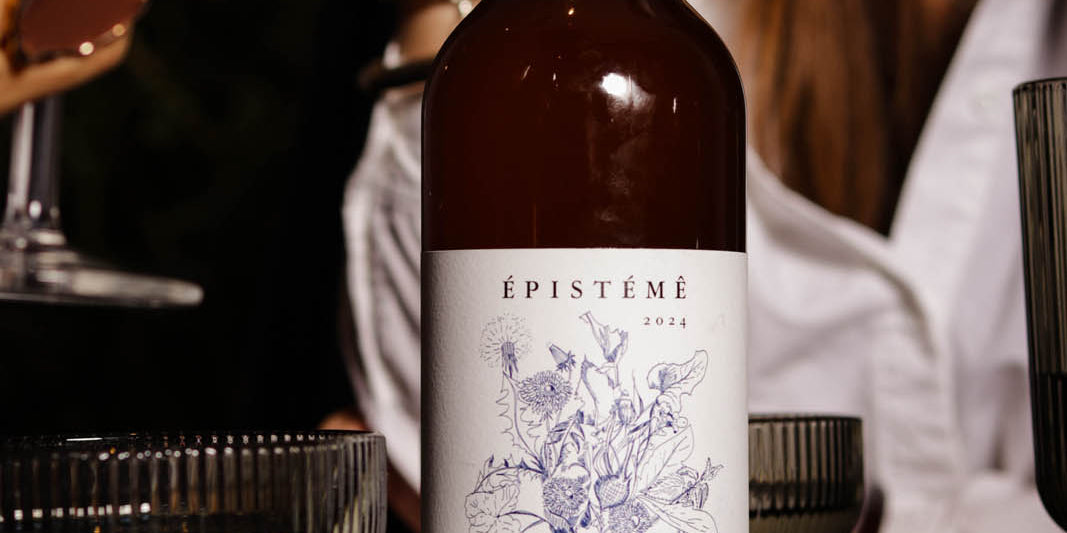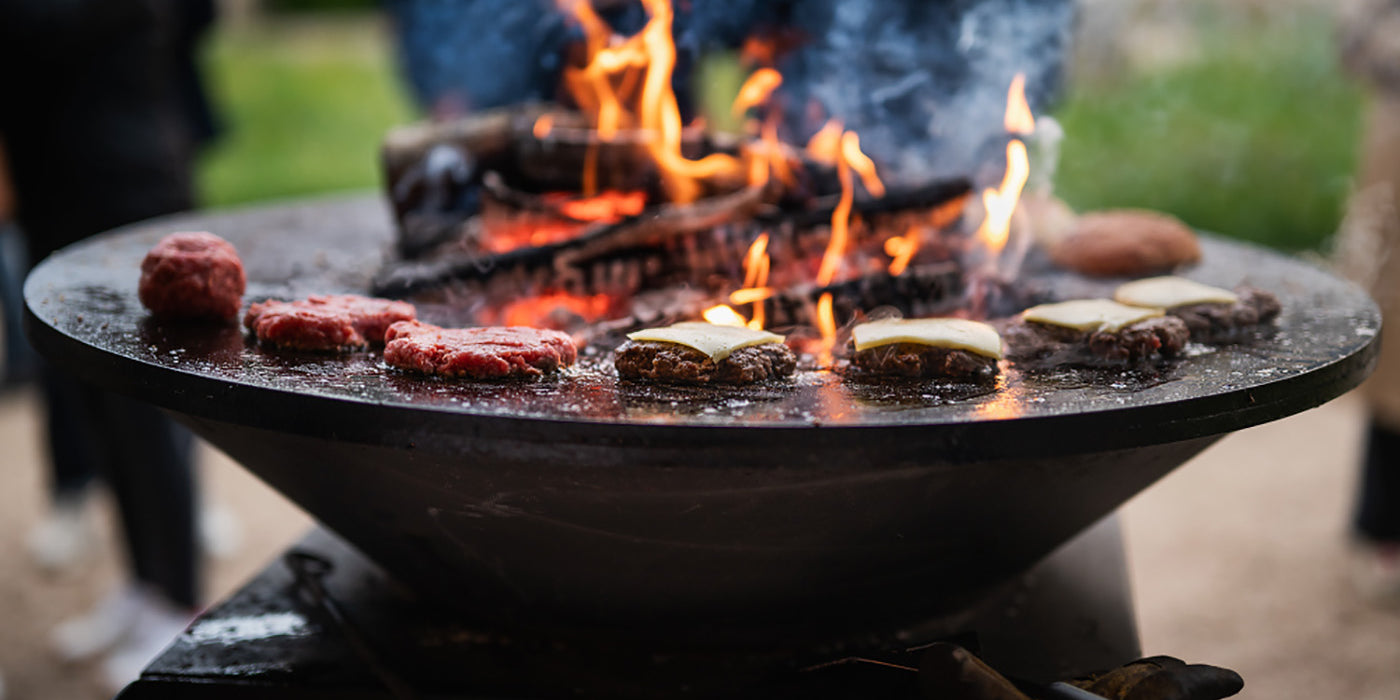Recounting a vintage is always a fascinating exercise. Between anecdotes and technical data, Armand tells you about his first vintage.
Let's set the context with some general data on this vintage.
2013 in Burgundy
The 2013 vintage in Burgundy is:- A rainy spring. There were ducks in some vines...
- Cumulative precipitation from April 1 to September 30: 661 mm
- Average temperature over the same period: 16.49°C
- A hailstorm on July 23
On July 23, the day before my birthday, part of the Côte de Beaune was hit by a severe hailstorm, including the villages of Volnay and Pommard.

My first vintage
The 2013 vintage is therefore my first vintage to be marketed. I owned 3 hectares of vines in the Chassagne-Montrachet 1er Cru Maltroie, Bourgogne Blanc "Les Durots", Chevalier-Montrachet Grand Cru and Pommard 1er Cru Clos des Poutures appellations, the domain's monopoly.
That was a good base to start with! At the same time, I continued to give lessons at 50% at the Beaune wine school.
In May, it rained almost daily. I followed then the principles of organic and biodynamic viticulture. I carried out my treatments with an atomizer, which allowed me to intervene fairly quickly between two showers. The exercise is quite physical and I did not need a gym to maintain my sports activity.
Without major heatstroke, the summer was quite pleasant, allowing the vines to continue their development serenely.
With a rather long vegetative cycle, the harvest took place on Saturday September 28 and Sunday September 29 for the whites and on October 2 for the Clos des Poutures.

The style of my wines for this 2013 vintage
The whites are intense and complex. A beautiful phenolic maturity offers citrus notes with a nice tension. The reds are fine and elegant. The estate's philosophy is to vinify "in infusion". Good maturity and the fruit must naturally release its compounds during vinification. Camphor, blood orange and thyme are smells found at Clos de Poutures in 2013.
The main difficulty was getting an overview of the work in the vineyard and in the cellar. It was also necessary to manage the administrative procedures. Which clearly falls under the 12 labors of Hercules. In the end, I started with my secateurs, the skills acquired during my studies. The important thing is to tell yourself that you have to learn new things every day and that the only certainty you can have is not to have any.
Armand Heitz









